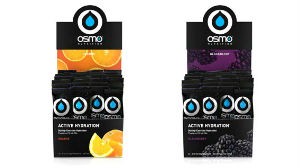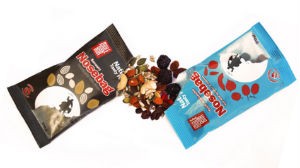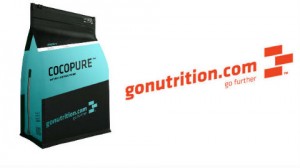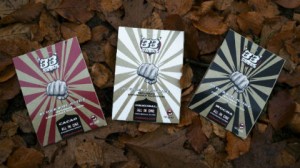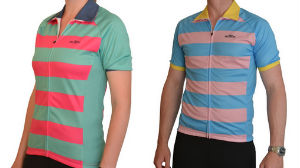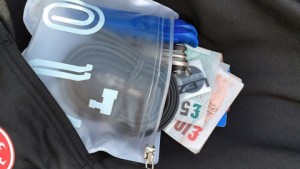 Keeping belongings dry on the bike is a perennial problem and one to which the pOcpac may well have the solution. If legend (or marketing) is to be believed, two brothers from South Africa – both engineers and keen mountain bikers – were out one day in the bush and caught in a torrential downpour that soaked everything in their saddlebags and pockets. They noticed that the only thing unaffected was the water in their camelbaks and so the pOcpac was born.
Keeping belongings dry on the bike is a perennial problem and one to which the pOcpac may well have the solution. If legend (or marketing) is to be believed, two brothers from South Africa – both engineers and keen mountain bikers – were out one day in the bush and caught in a torrential downpour that soaked everything in their saddlebags and pockets. They noticed that the only thing unaffected was the water in their camelbaks and so the pOcpac was born.
The pOcpac range of sealable bike packs are made from recyclable (though not actually recycled) material which has both memory and elasticity, meaning the cases can be filled to the brim and still close effortlessly. The closure is achieved via a fairly standard looking zipped press-seal, but unlike many fastenings of this type TriGear has encountered they stayed firmly and reassuringly shut however much we tried to over-stuff the packs.
The pOcpac is available in a range of sizes and even smartphone specific flavours; a neat and functional solution that do one thing and do it extremely well. An obvious benefit is that they can be slipped into a jersey lumber pocket; neatly hold everything together in one place (and keeping them dry as a bone) without the need for saddle- or seatpost bags.
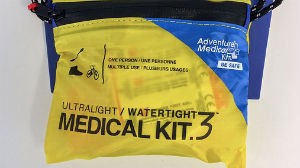 Also of note on the pOcpac website is the Adventure Medical Kits Ultralight and Watertight pack – bit of a mouthful, but a useful emergency first aid kit to keep with the bike. The 70g kit offers basic wound management and blister treatment and whilst a couple of the items (two giant nappy-size safety pins for example) do seem like filler items the basics are pretty much covered and the tiny water-proof zipped pouch works well.
Also of note on the pOcpac website is the Adventure Medical Kits Ultralight and Watertight pack – bit of a mouthful, but a useful emergency first aid kit to keep with the bike. The 70g kit offers basic wound management and blister treatment and whilst a couple of the items (two giant nappy-size safety pins for example) do seem like filler items the basics are pretty much covered and the tiny water-proof zipped pouch works well.
The three sizes of cycling pOcpac retail at £9.99 (although both the road and off-road pacs are currently on offer at £5.99), whilst the phone pOcpacs are £8.99. The medical kit is yours for £11.99. Further details and online orders at thepocpac.co.uk


